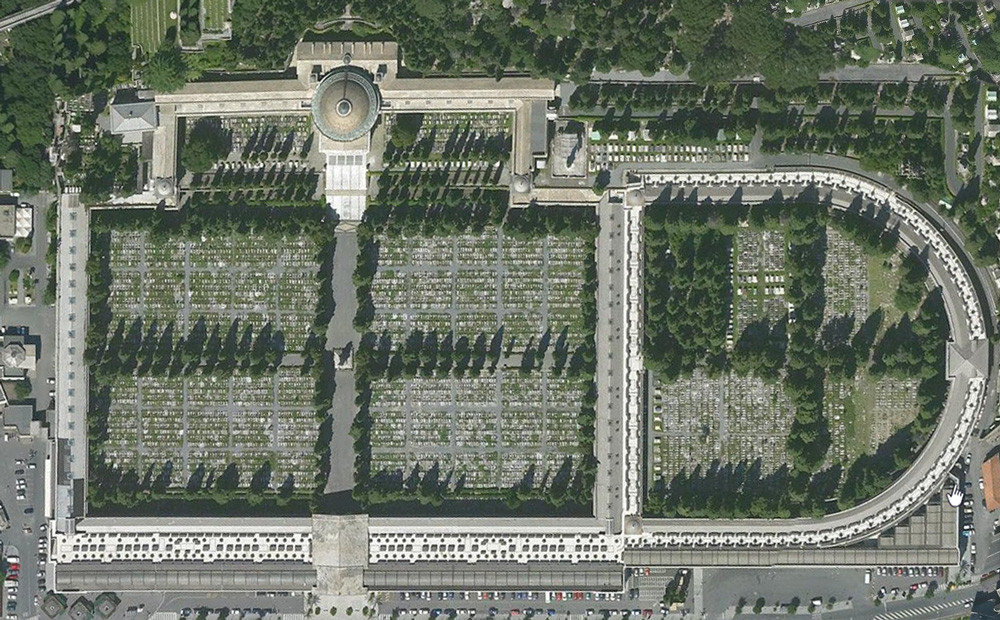Genoa Cemetery
In his Materially Speaking episode, Douglas Robinson mentions that ‘An amazing place to see the virtuosity of artisans is to go to the cemetery of Genoa. The merchants of Genoa were competing [to outdo each other in ornateness] from about 1800 to the 1940s with their family tombs. There were hundreds and hundreds of artisans from here [Pietrasanta] all the way up to Genoa who were hired to do one project for several years.’

Just one of many detailed funerary statuary to be found amid tombs within the Staglieno Cemetery, here is a detail from the tomb of Giuseppe Benedetto Badaracco by Giacomo Moreno (circa 1832–1910). The carving shows the kneeling figure of a mourning woman in a lace shawl, hands clasped to one cheek, head bent, brow furrowed, eyes shut, wrinkles in the corners, a single tear running down her nose – all picked out with exquisite precision and intricacy
Opened to the public in 1851, the Staglieno Cemetery in Genoa is one of the largest cemeteries in Europe covering more than a square kilometre of land. It was designed in the neo-classical style by architect Carlo Barabino, who died in the cholera epidemic of 1835, before the cemetery was completed and this work was then overseen by his assistant, Giovanni Battista Resasco.
The cemetery design was influenced by Napoleon's Edict of Saint-Cloud in 1804, in which he forbade burials in churches and towns. The site of the Villa Vaccarezza on the south-eastern hillside of Staglieno was chosen due to its proximity to the city centre. Over time, additions included sections for English, Protestant and Jewish cemeteries.

Because of Genoa’s wealth, many families had the wherewithal to memorialise the work and life accomplishments of the deceased. Over time, a tradition developed of elaborate funereal sculptures to be placed over their tombs.
Sculptors whose works can be found within the Staglieno Cemetery include Leonardo Bistolfi, Augusto Rivalta, Giulio Monteverde, Eugenio Baroni, Edoardo Alfieri and Vittorio Lavezzari.

Lorenzo Orengo, Caterina Campodonico. Photo: Andrea Semonella, Discover Genoa
One touching anecdote is that of the peanut seller, Caterina Campodonico, a woman of humble origins who died in 1882. So keen was she to thwart her greedy relatives that she employed Lorenzo Orengo, a famous sculptor of the day, to make a statue for her grave which resulted in all her money being spent on the commission.
You can read more about Caterina Campodonico's fascinating story at discovergenoa.com.
Check out Douglas Robinson's episode of Materially Speaking.